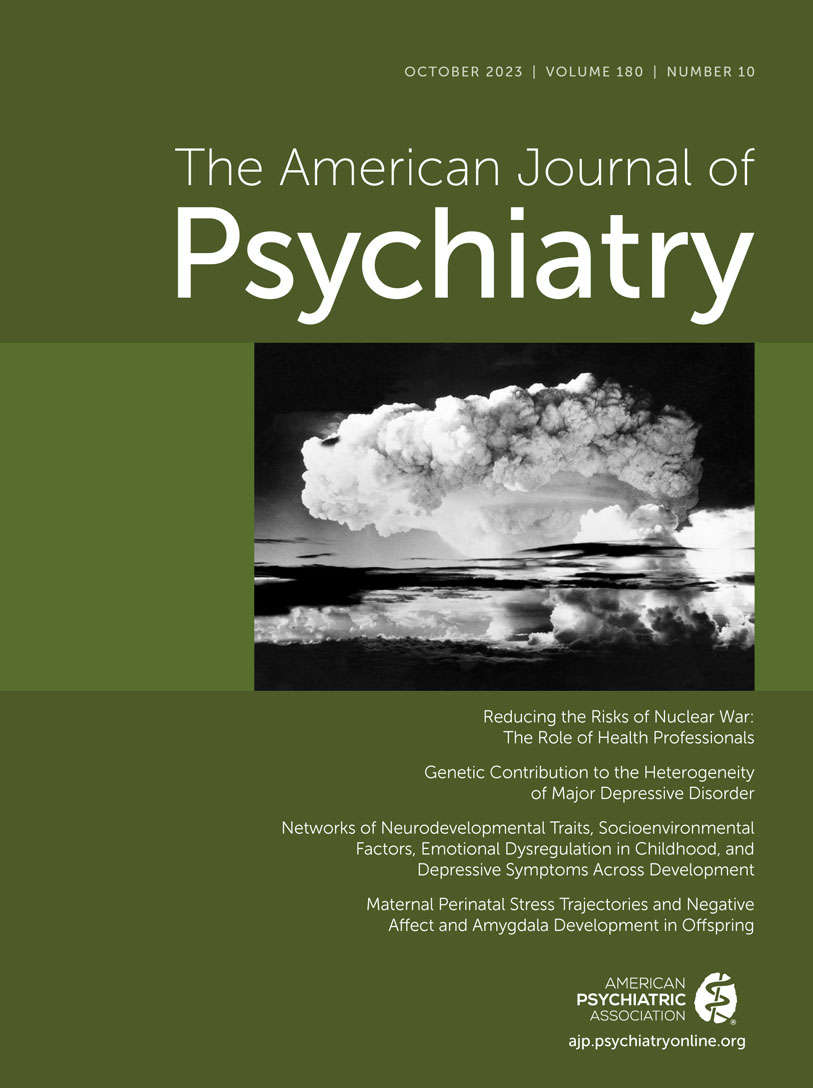Abstract
Objective:
Multidisciplinary studies of posttraumatic stress disorder (PTSD) and major depressive disorder (MDD) implicate the dorsolateral prefrontal cortex (DLPFC) in disease risk and pathophysiology. Postmortem brain studies have relied on bulk-tissue RNA sequencing (RNA-seq), but single-cell RNA-seq is needed to dissect cell-type-specific mechanisms. The authors conducted the first single-nucleus RNA-seq postmortem brain study in PTSD to elucidate disease transcriptomic pathology with cell-type-specific resolution.
Method:
Profiling of 32 DLPFC samples from 11 individuals with PTSD, 10 with MDD, and 11 control subjects was conducted (∼415K nuclei; >13K cells per sample). A replication sample included 15 DLPFC samples (∼160K nuclei; >11K cells per sample).
Results:
Differential gene expression analyses identified significant single-nucleus RNA-seq differentially expressed genes (snDEGs) in excitatory (EX) and inhibitory (IN) neurons and astrocytes, but not in other cell types or bulk tissue. MDD samples had more false discovery rate–corrected significant snDEGs, and PTSD samples had a greater replication rate. In EX and IN neurons, biological pathways that were differentially enriched in PTSD compared with MDD included glucocorticoid signaling. Furthermore, glucocorticoid signaling in induced pluripotent stem cell (iPSC)–derived cortical neurons demonstrated greater relevance in PTSD and opposite direction of regulation compared with MDD, especially in EX neurons. Many snDEGs were from the 17q21.31 locus and are particularly interesting given causal roles in disease pathogenesis and DLPFC-based neuroimaging (PTSD: ARL17B, LINC02210-CRHR1, and LRRC37A2; MDD: LRRC37A and LRP4), while others were regulated by glucocorticoids in iPSC-derived neurons (PTSD: SLC16A6, TAF1C; MDD: CDH3).
Conclusions:
The study findings point to cell-type-specific mechanisms of brain stress response in PTSD and MDD, highlighting the importance of examining cell-type-specific gene expression and indicating promising novel biomarkers and therapeutic targets.
Access content
To read the fulltext, please use one of the options below to sign in or purchase access.- Personal login
- Institutional Login
- Sign in via OpenAthens
- Register for access
-
Please login/register if you wish to pair your device and check access availability.
Not a subscriber?
PsychiatryOnline subscription options offer access to the DSM-5 library, books, journals, CME, and patient resources. This all-in-one virtual library provides psychiatrists and mental health professionals with key resources for diagnosis, treatment, research, and professional development.
Need more help? PsychiatryOnline Customer Service may be reached by emailing [email protected] or by calling 800-368-5777 (in the U.S.) or 703-907-7322 (outside the U.S.).



